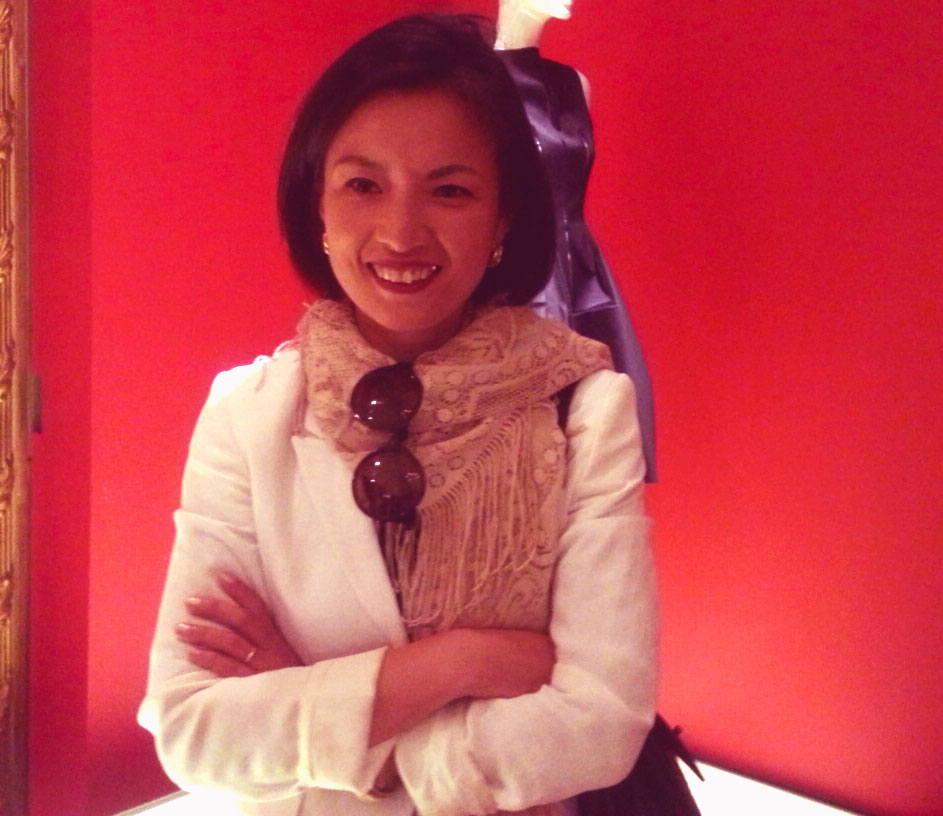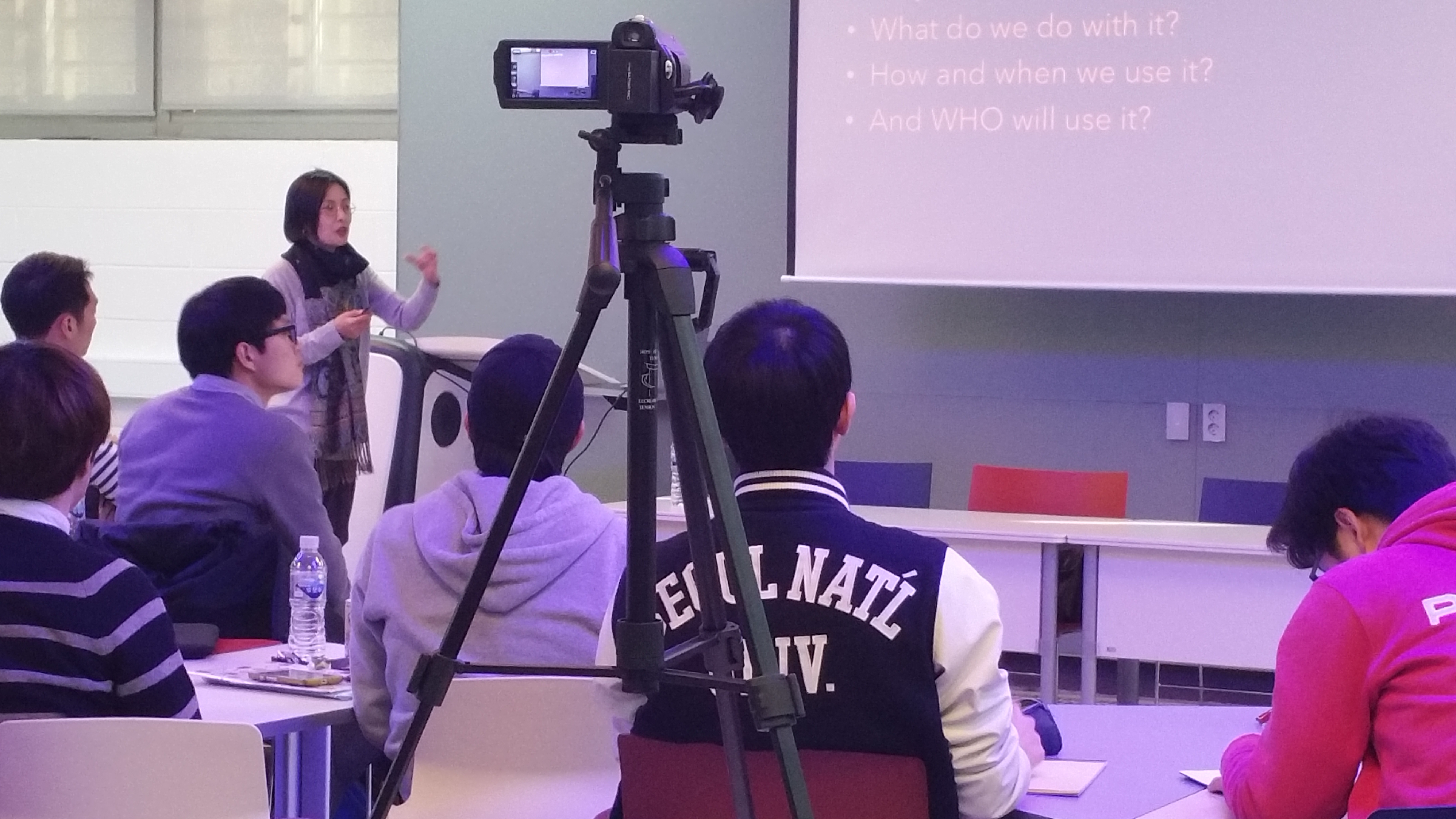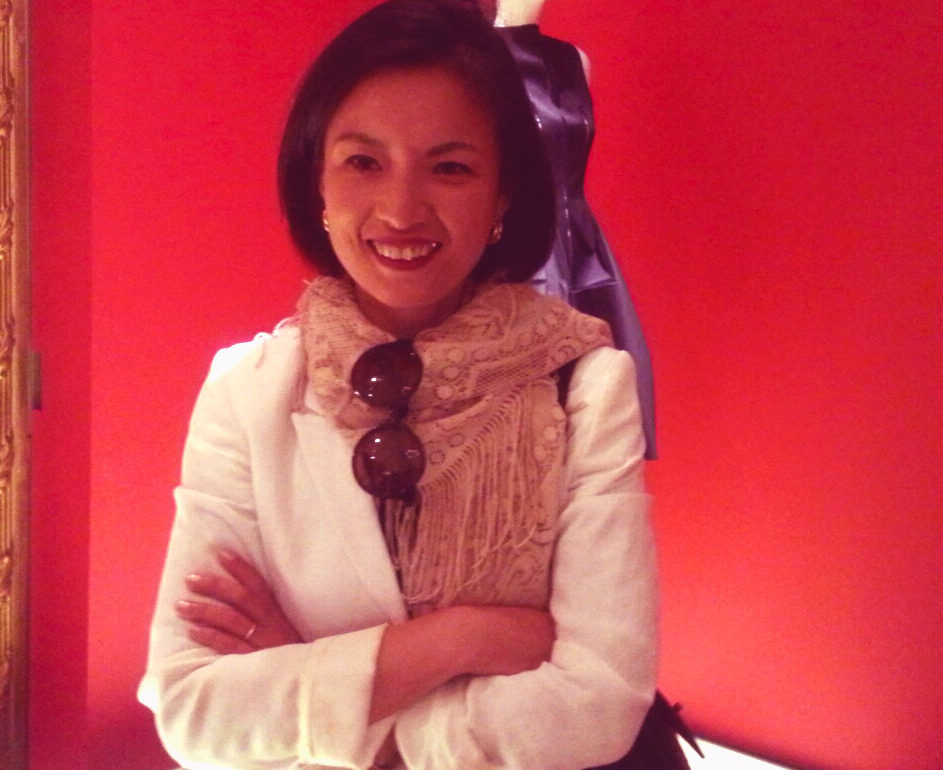
While the adage “the customer is never wrong” may seem worn, School of Fashion fashion marketing professor Jinah Oh shares why it’s still as relevant as ever. Recently back from hosting a two day lecture and workshop at the prestigious Seoul National University College of Engineering, Oh explained her philosophy on: consumer trends, the rising Korean fashion market, the marriage of tech and fashion and the upside to being a fashion student in San Francisco.
Malcolm Thomas: Can you tell me a little bit about the lecture and workshop you attended at Seoul National University?
Jinah Oh: Seoul National University is a university like Stanford or Harvard. It’s a traditional university. The engineering school over there is a very prominent engineering school in Korea. There was a visiting professor from Stanford who was in Palo Alto. He was involved in a start-up with [some] of his students. (I’m involved with a lot of fashion tech start ups). I was introduced as a mentor for this start-up team to help them understand the U.S. market and the U.S. consumer. So, we worked together last year for about six months and the professor realized how important understanding the market was. For engineers it was a strange concept- they are always so focused on the product and the technology. They don’t really care about the market needs or the market demands. He wanted his students to be able to understand the different markets. So, when he went back to Korea he created a special course, it was not a core course but it was open to all engineering students. When I was there we had approximately 35 to 36 students. The course was called ” Innovative Engineering Design”. I did two full days of workshops and lectures about customer driven design. My main message was: the users are not engineers. We don’t care how complicated this process is. For us, it’s can we use it? Is it useful?
MT: Can you break down your time there?
JO: The first day I had the lecture, me and a UX (User Experience) designer went together. The first day we focused on the concept. Who is the customer? What kinds of things do you need to know about the customer? The second day was a workshop. They divided into teams and started working on a product. They had to identify some customer issues and customer problems and based on their observations and research they had to think about what kind of product they could make.

MT: What is the key information that fashion students and fashion professionals can take away from this?
JO: The last day when I asked the group about anything they learned or anything they’re still not sure about, one of the girls asked the question: “But I don’t know everything, how can I do this? How can I create a product the customer needs if I don’t know everything?” What I said is something that applies to any field, not just fashion: you work as a team. A team is really important. Especially today, there’re so many things you need to know, not just good design, but where you’re going to produce. Are you going to produce in Thailand, or are you going to produce in China or Mexico? Not everyone knows everything. So, working with a team is really critical wherever you are. Secondly, a good design doesn’t necessarily mean a product will be sold. It’s about no matter what you make understanding what a customer wants and needs. Customer focus, working as a team and [having an understanding] of many different areas are two things that I think are important.
MT: Being Korean yourself, how would you compare the Korean fashion industry to the rest of the industry? What do you think that people living in other parts of the world could learn from the South Korean fashion market?
JO: The Korean market cares about quality. Quality is really important. The U.S. market is more individualistic. I think it’s changing a little bit because nowadays if a celebrity wears something everybody tries to wear similar things. That was really strong in Korea, historically, that group mentality. They care about quality and the influence of certain trends are really huge. They [share] a less individualistic aesthetic but they’re very well informed about fashion. If I go back to Korea, nowadays, I don’t even know some of the brands that they carry in the department stores. That kind of knowledge about fashion in a small country like Korea is amazing.
MT: Is there anything else you’d like to add?
JO: It is really interesting to me to work with other people. When I show [people] what’s happening in the fashion world with the combination of tech like the Burberry hologram show in Beijing… it happened a while ago, but it still wows people in other industries. I think it is interesting to see how other areas actually merge with each other. It’s not just fashion people working with fashion people [anymore]. Opening Ceremony is working with Intel to make a wearable.
MT: Yeah, that watch.
JO: The previous president of Burberry now works at Apple. I think that is very “happening” concept. Most of the people who work in start-ups that I meet here, they’re somehow involved in the fashion industry, but they’re mostly not from fashion. They’re MBA graduates, they’re engineers. Fashion companies are not run by fashion people anymore.
MT: Fashion and tech are synonymous now.
JO: Yeah. Exactly. It’s a great opportunity for our students also. They don’t have to work for a traditional fashion company only. There are so many opportunities, especially in San Francisco.
By: Malcolm Thomas



